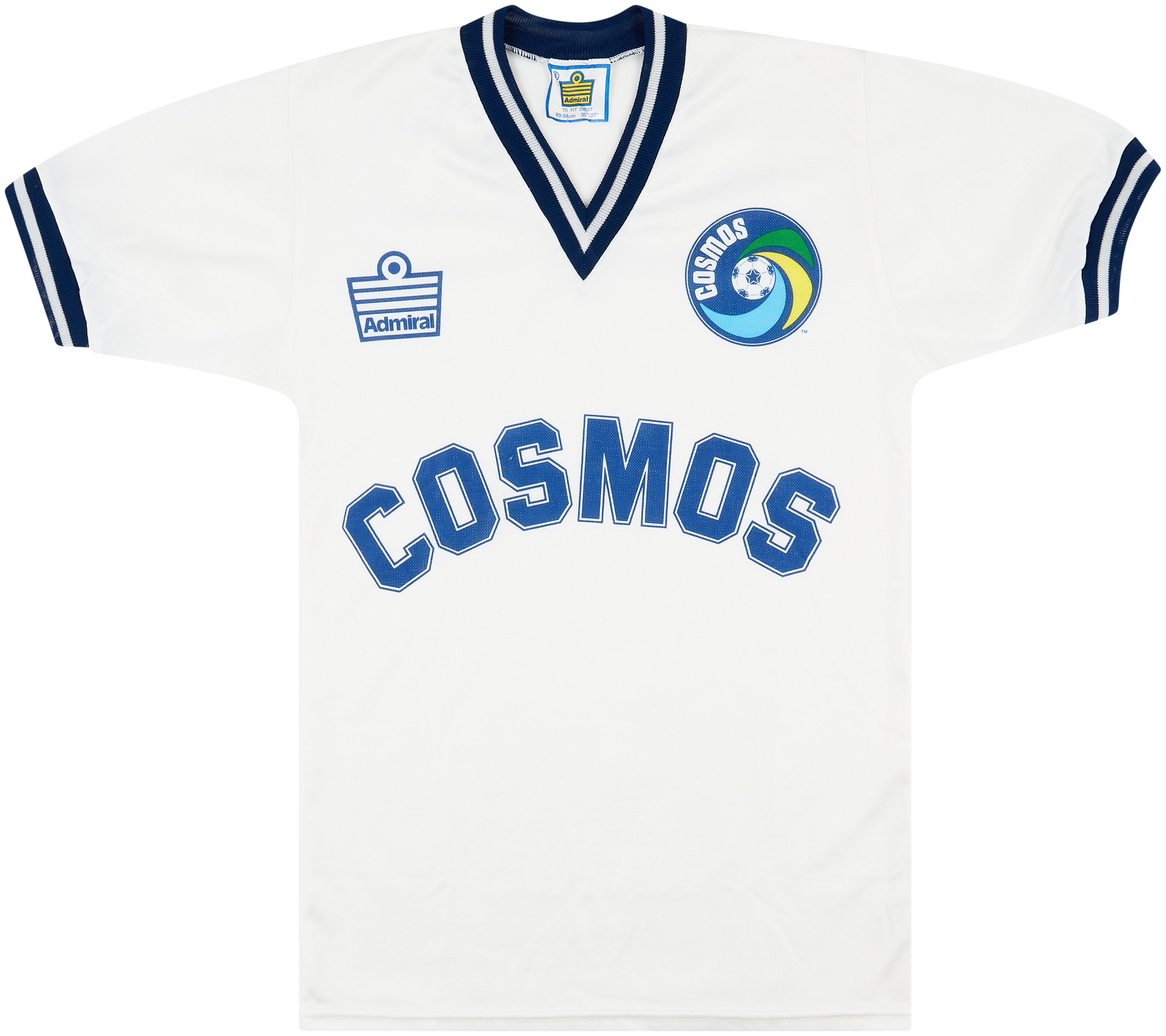New York Cosmos
Introduction The New York Cosmos, a football club that weaves together sports history, cultural significance, and an indomitable spirit, has captured the imagination of fans from all walks of life. Founded during a time when soccer was emerging as a mainstream sport in the United States, the Cosmos created a legacy that would resonate beyond […]
1980s New York Cosmos Admiral Training Shirt - 8/10 - (S)
118.99£ - ca: €140
1980s New York Cosmos Admiral Training Shirt
118.99£ - ca: €140
1980s New York Cosmos Admiral Training Shirt
116.99£ - ca: €138
2012-13 New York Cosmos Umbro Woven Anthem Jacket - (XXL)
94.99£ - ca: €112
2011-12 New York Cosmos GK Shirt - 9/10 - (L)
82.99£ - ca: €98
2011-12 New York Cosmos Away Shirt - 9/10 - (S)
70.99£ - ca: €84
2011-12 New York Cosmos Away Shirt - 8/10 - (M)
70.99£ - ca: €84
2011-12 New York Cosmos Umbro Track Jacket - 6/10 - (XL)
58.99£ - ca: €70
2011-12 New York Cosmos Away Shirt - 9/10 - (XS)
58.99£ - ca: €70
2011-12 New York Cosmos Umbro Track Jacket - 7/10 - (L)
58.99£ - ca: €70
2013 New York Cosmos Umbro Cotton Tee #10 - 8/10 - (L)
35.99£ - ca: €42
2010-12 New York Cosmos Umbro Polo Shirt - 9/10 - (L)
35.99£ - ca: €42
Introduction
The New York Cosmos, a football club that weaves together sports history, cultural significance, and an indomitable spirit, has captured the imagination of fans from all walks of life. Founded during a time when soccer was emerging as a mainstream sport in the United States, the Cosmos created a legacy that would resonate beyond the pitch. With its origins rooted in New York City, the Cosmos has become an emblematic representation of American soccer’s potential and passion.
Club History
The New York Cosmos was founded in 1970 as part of the North American Soccer League (NASL). Originally starting as a way to promote soccer in a multicultural city, the Cosmos became a powerhouse on and off the field. The club made headlines for signing acclaimed international players like Pelé, who joined in 1975 and brought a level of global attention to the team that was unprecedented. Under the management of legendary coach Gordon Bradley, the Cosmos clinched their first NASL championship in 1972, marking the beginning of their dominance.
Throughout the 1970s and early 1980s, the Cosmos captured the imagination of American sports fans. The club became synonymous with star power and glamorous showings, drawing crowds at Giants Stadium in New Jersey. The NASL — and by extension, the Cosmos — enjoyed peak attendance, with the team achieving one of the highest average attendances in North American sports at over 25,000 fans per game during the late 1970s.
Achievements
The achievements of the New York Cosmos are significant in the realm of American soccer. The club won five NASL championships (1972, 1977, 1978, 1980, and 1982), showcasing its consistent prowess throughout its active years in the league. Notably, the Cosmos became the first team in NASL history to win the championship three times in a row, a testament to their dominance during the late 1970s.
Beyond their domestic victories, the Cosmos played a significant role in elevating the profile of soccer in the United States. Their participation in international competitions, including matches against European and South American clubs, not only showcased their talent but also fostered a competitive environment that attracted attention from soccer enthusiasts globally. The Cosmos became known for their captivating style of play, combining skillful techniques with a commitment to entertaining the fans, which laid a foundation for the future development of soccer in the country.
Significant Players and Matches
The New York Cosmos’ rich history is marked by legendary players who transformed the landscape of soccer in America. Among these, Pelé is undoubtedly the most iconic figure. His arrival in the league generated a surge in interest, attracting new fans and elevating the level of play. Other notable players included Franz Beckenbauer and Giorgio Chinaglia, both of whom significantly impacted the club’s success and aura.
One landmark match that stands out is the 1977 NASL Championship game, where the Cosmos faced the Tampa Bay Rowdies. With Pelé’s brilliant performance, the Cosmos emerged victorious, clinching their second championship title and further cementing their status as a leading narrative in U.S. soccer history. Additionally, their 1975 match against Santos FC, Pelé’s former club in Brazil, captivated fans worldwide, drawing attention to the rising stature of American soccer on the global stage.
Cultural Impact
The cultural impact of the New York Cosmos extends far beyond the soccer pitch. The club became a symbol of New York City’s vibrant multiculturalism, reflecting the dreams and aspirations of diverse communities. Their flamboyant style, filled with star players, glamorous matches, and its famed mascot, the “Cosmos,” resonated with the city’s identity as a melting pot. The excitement surrounding Cosmos matches transformed into a cultural phenomenon, bringing together families, ethnic groups, and soccer aficionados from across the region.
The Cosmos also played an essential role in paving the way for future generations of soccer players and fans in the United States. The legacy of the Cosmos inspired the creation of youth development programs and soccer academies across the nation, impacting the way soccer is played and appreciated in America today.
Conclusion
The New York Cosmos stands as a testament to the possibilities of soccer in the United States. From their foundation in 1970 to their championship victories and star-studded roster, the Cosmos crafted a legacy that transcended sports. The club not only shaped the history of soccer in the U.S. but also enriched the cultural tapestry of New York City and beyond. Today, the spirit of the Cosmos continues to inspire a new generation of soccer players and fans as the game continues to grow and evolve across the country.










